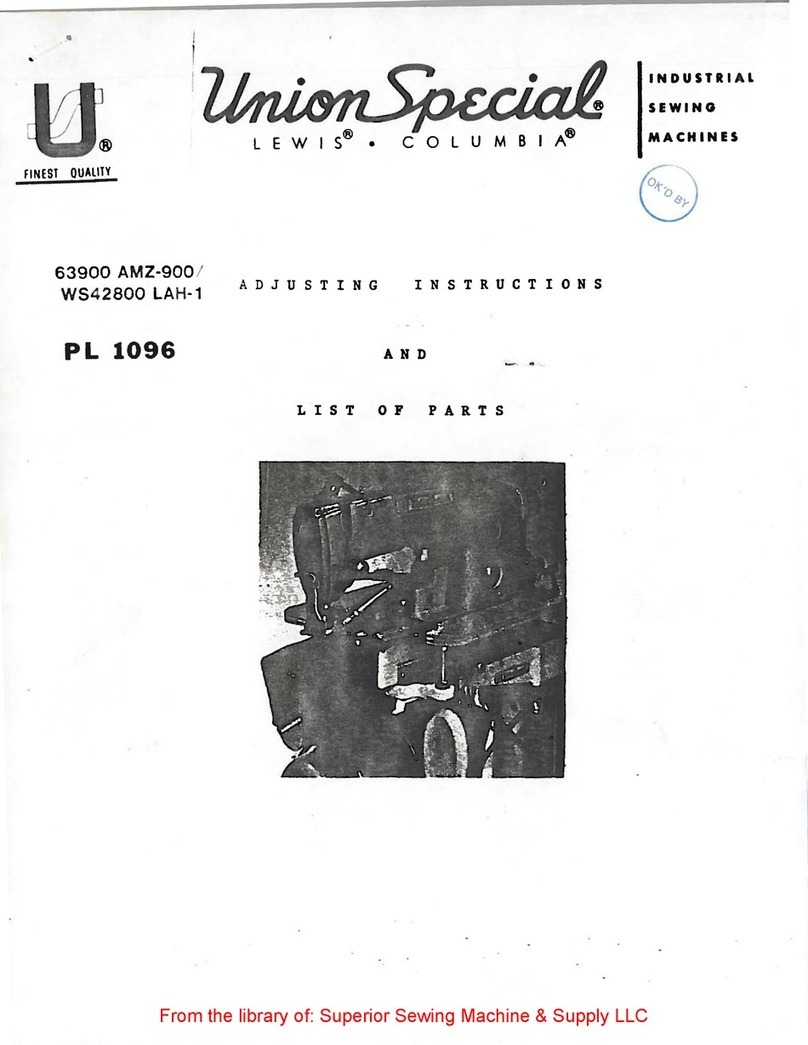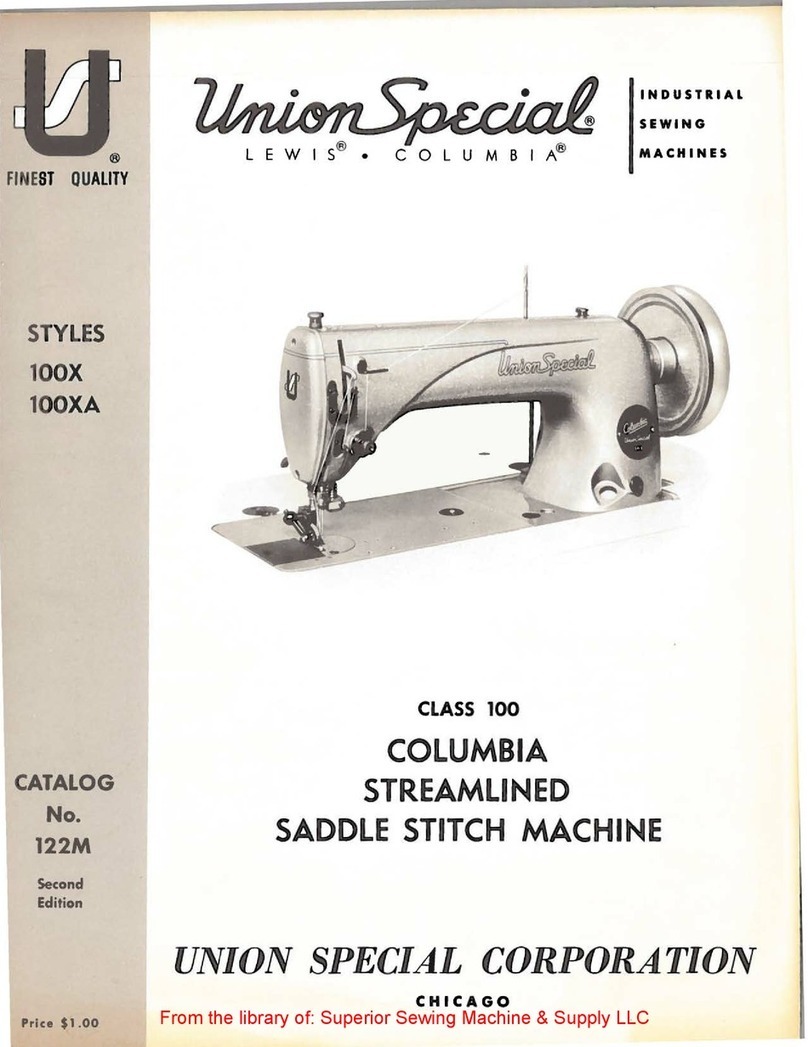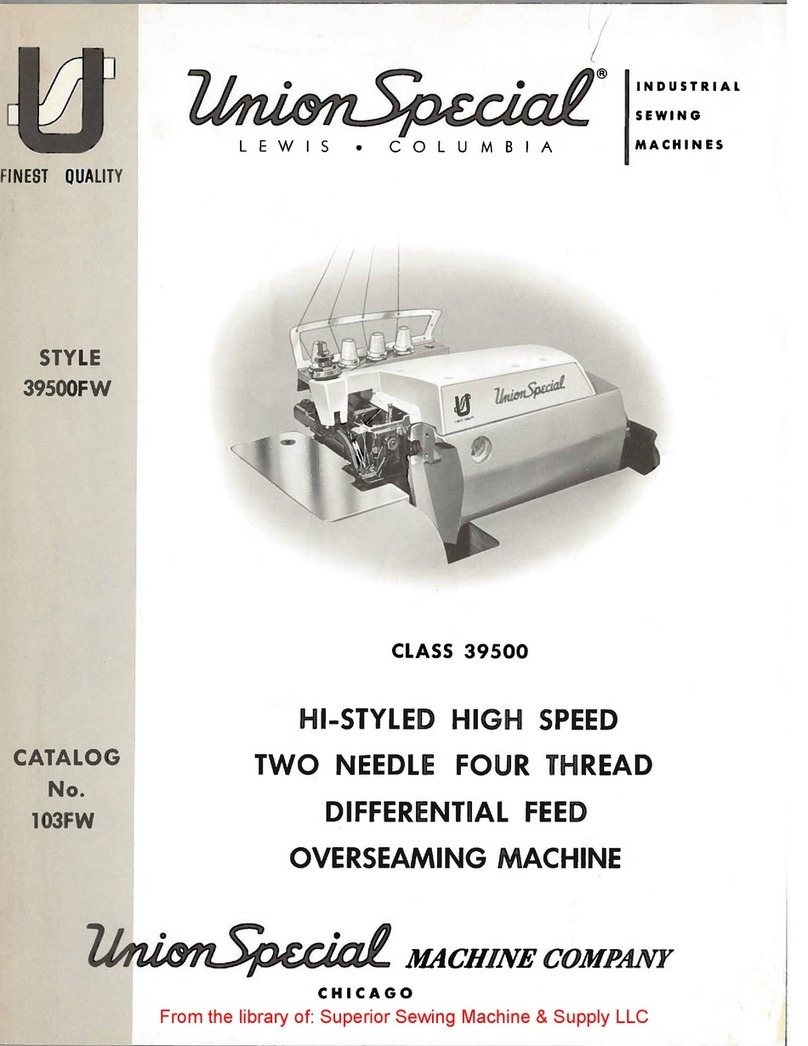UnionSpecial 57100 Series Instruction sheet
Other UnionSpecial Sewing Machine manuals
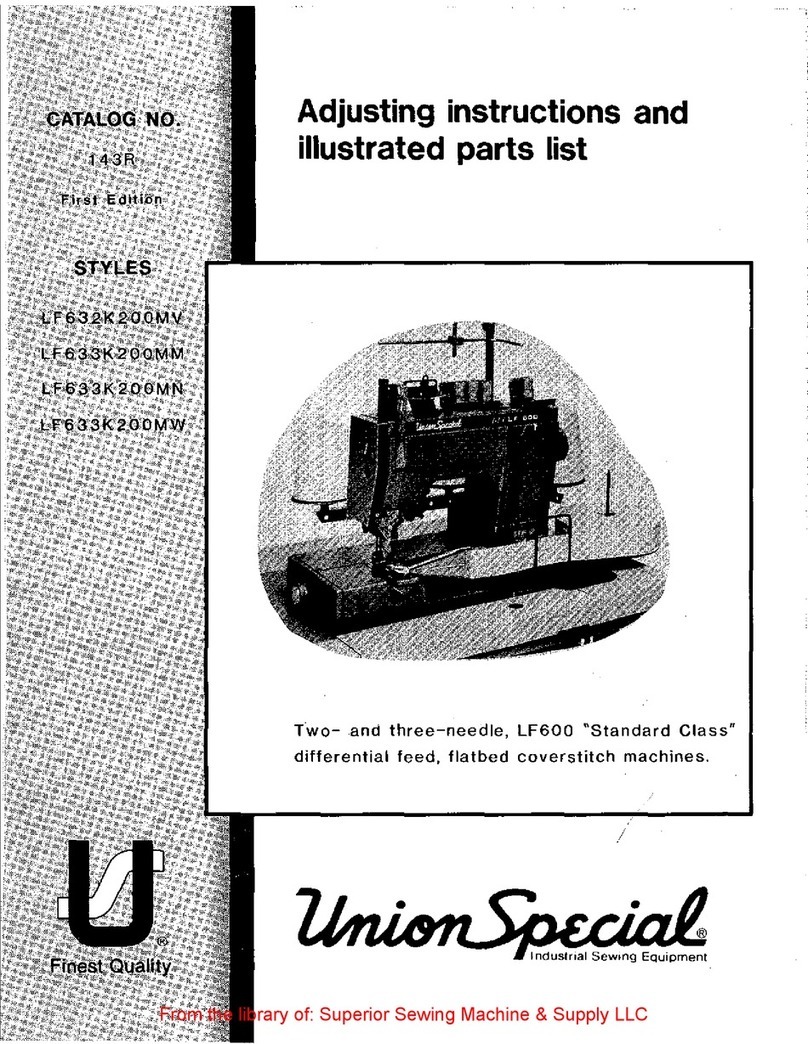
UnionSpecial
UnionSpecial LF600 Series Setup guide

UnionSpecial
UnionSpecial TCP1 Original instructions
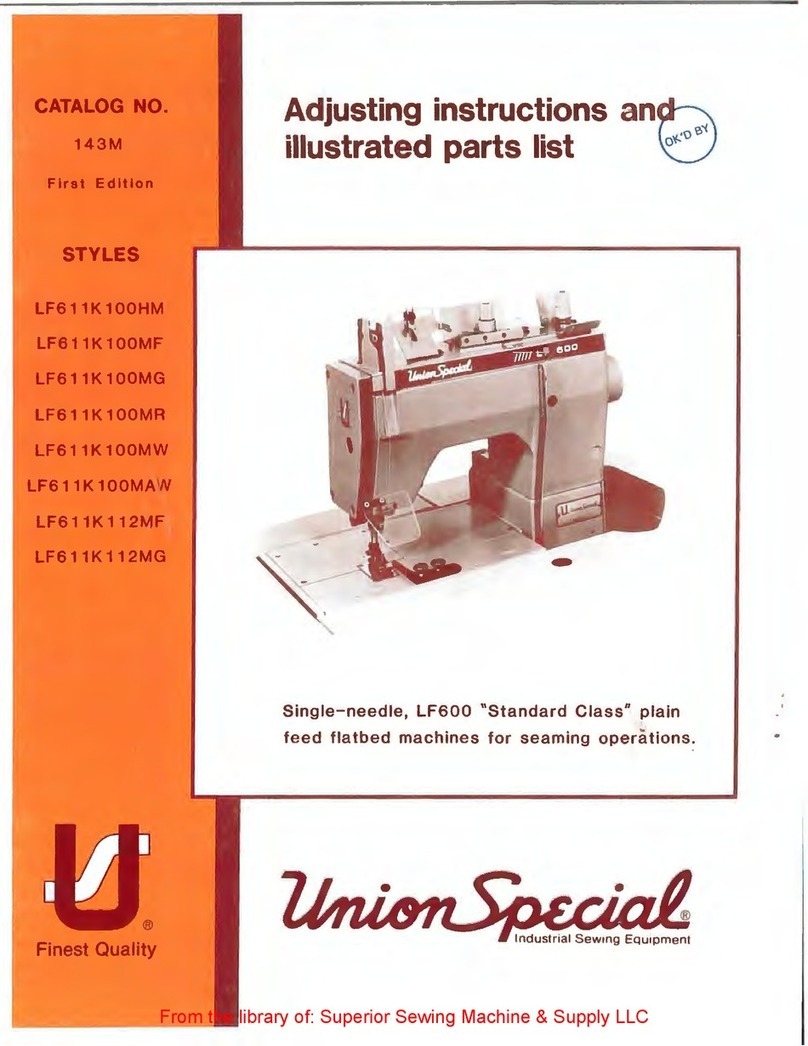
UnionSpecial
UnionSpecial LF611K 100HM Setup guide
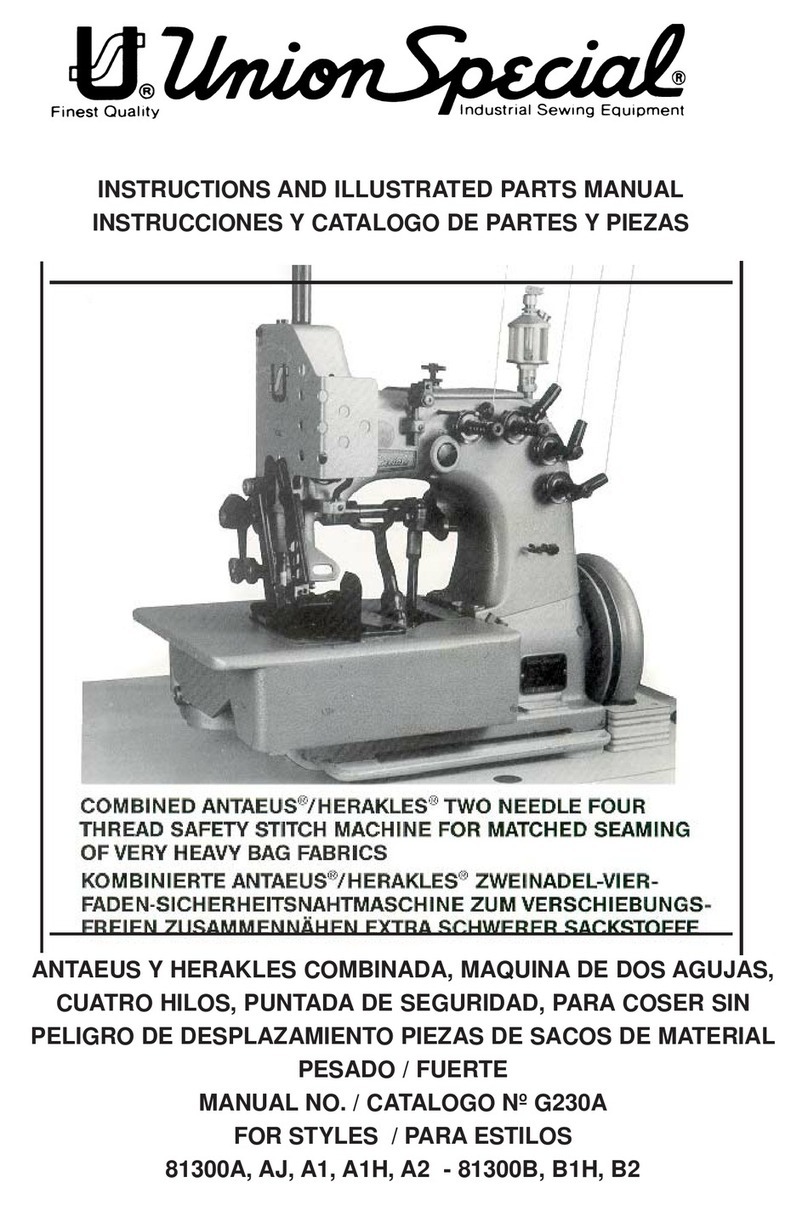
UnionSpecial
UnionSpecial 81300 SERIES Technical reference manual
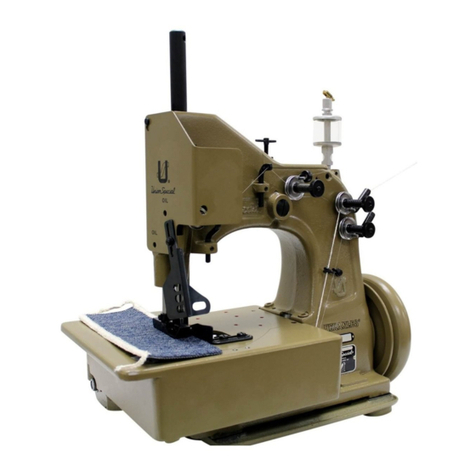
UnionSpecial
UnionSpecial 81200 SERIES User manual

UnionSpecial
UnionSpecial Advanced 56100 Series User manual
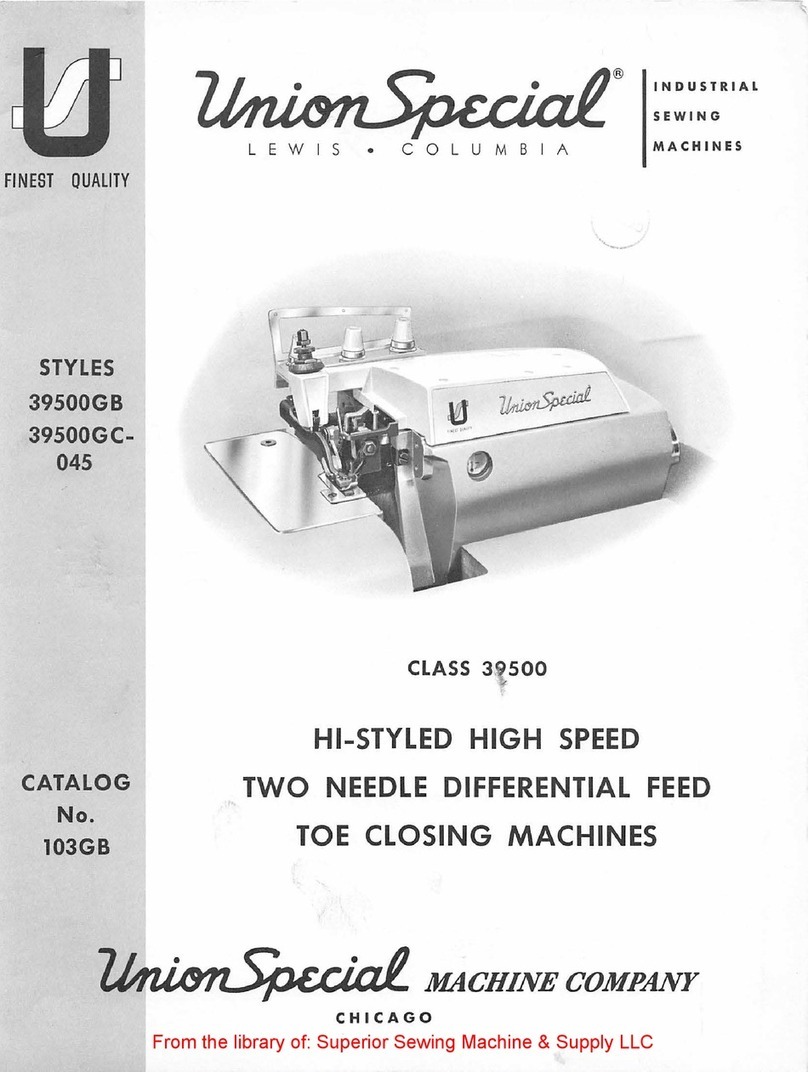
UnionSpecial
UnionSpecial 39500GB Instruction sheet
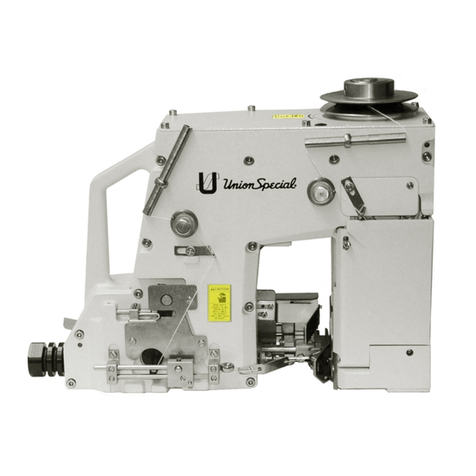
UnionSpecial
UnionSpecial BC200 User manual
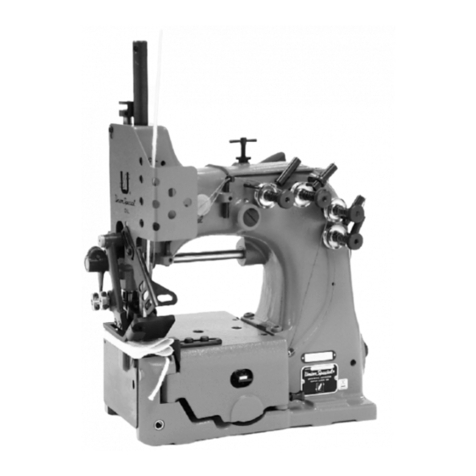
UnionSpecial
UnionSpecial PT0502-GR User manual
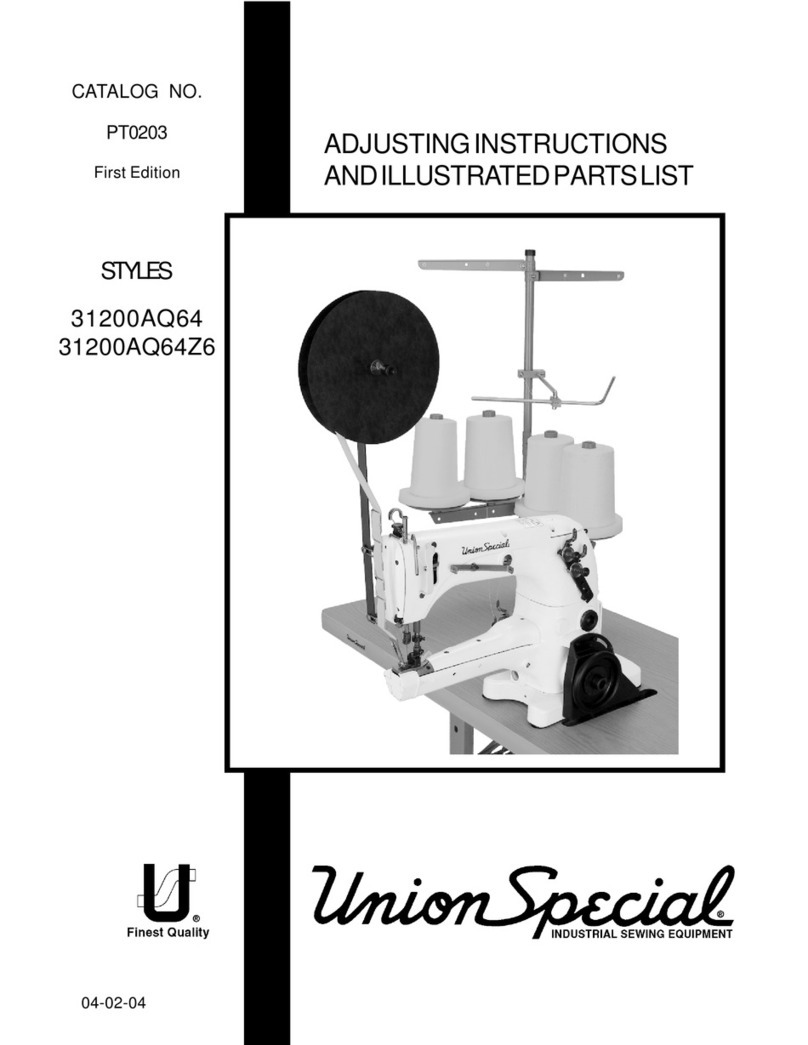
UnionSpecial
UnionSpecial 31200AQ64Z6 Setup guide
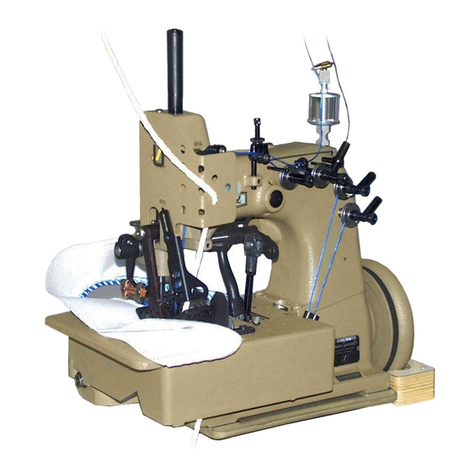
UnionSpecial
UnionSpecial 81300A Setup guide
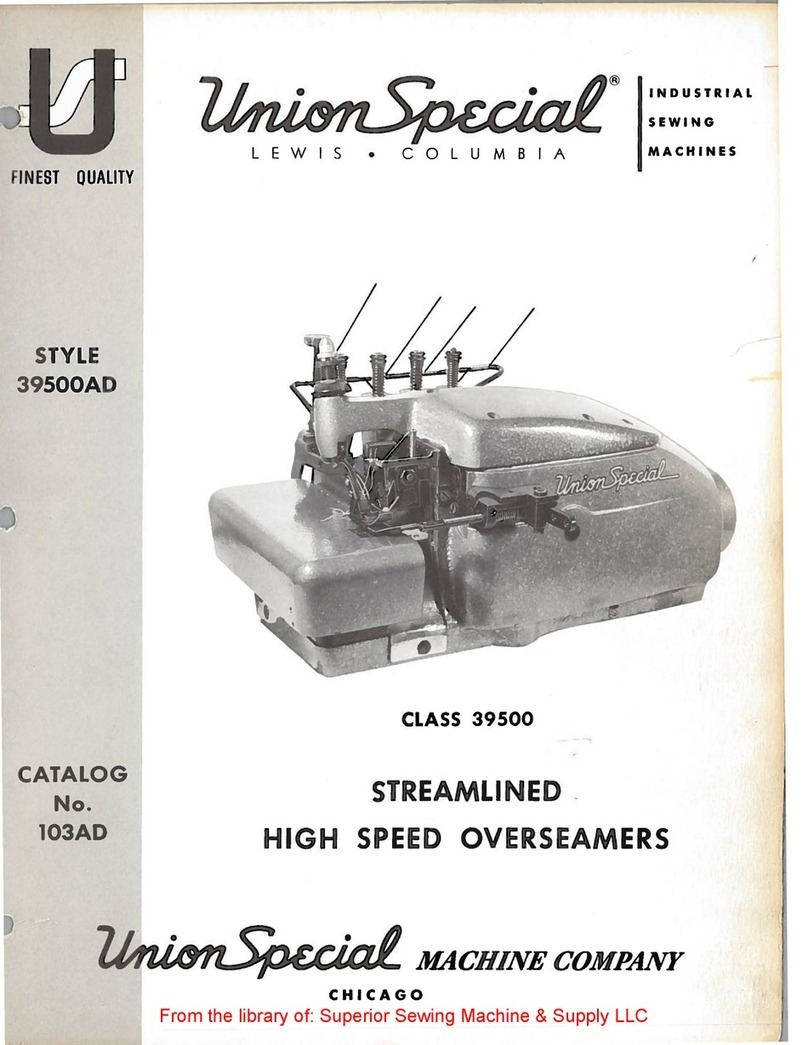
UnionSpecial
UnionSpecial 39500AD User manual
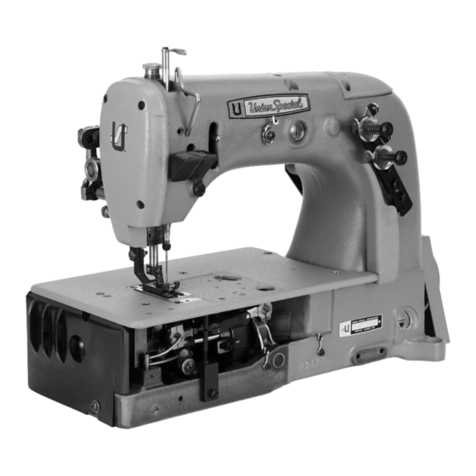
UnionSpecial
UnionSpecial 53700B Setup guide
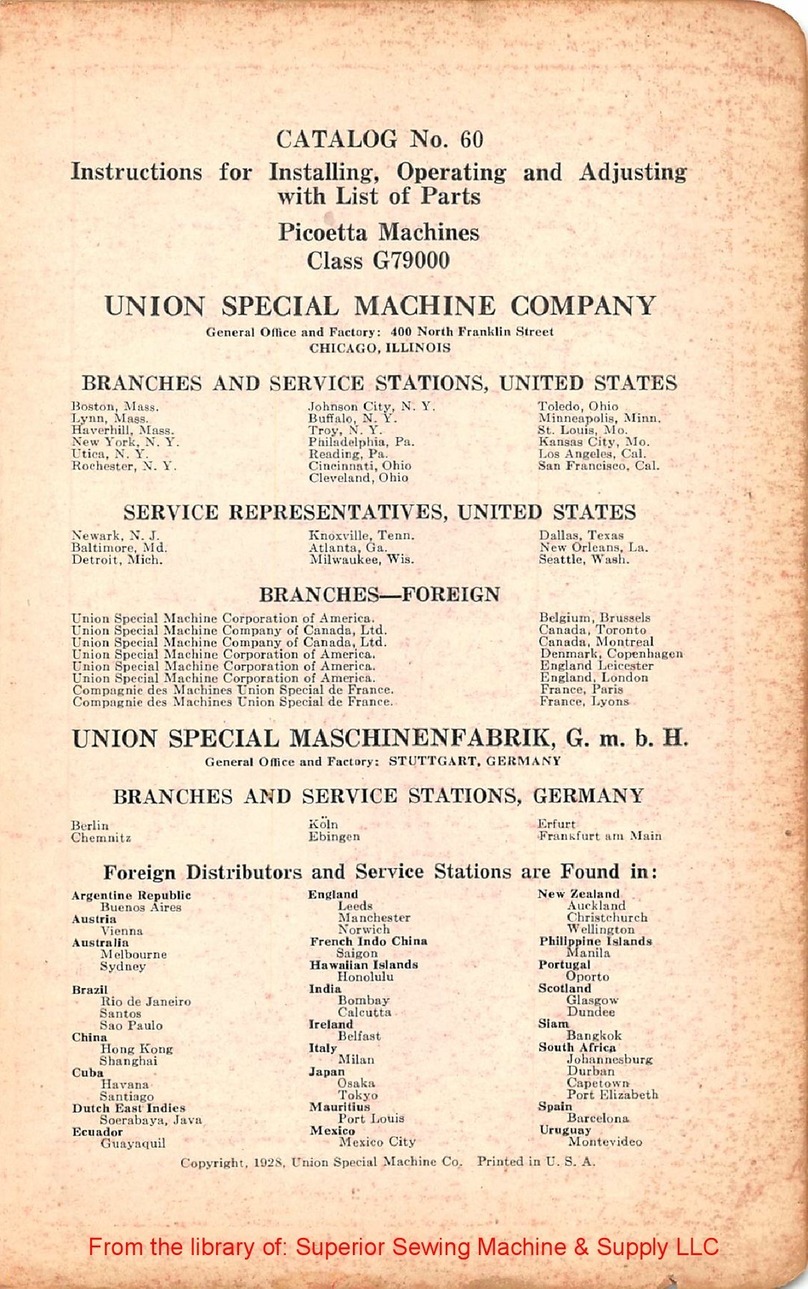
UnionSpecial
UnionSpecial Picoetta G79000 Series Instruction Manual
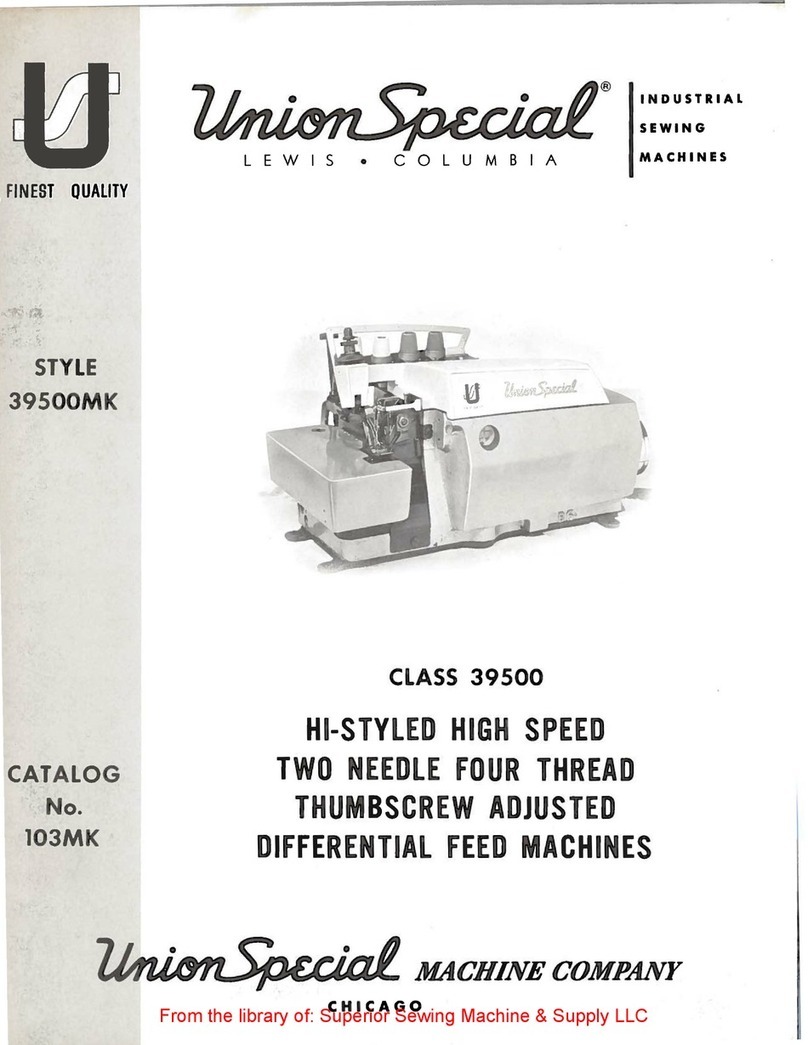
UnionSpecial
UnionSpecial 39500MK Instruction sheet
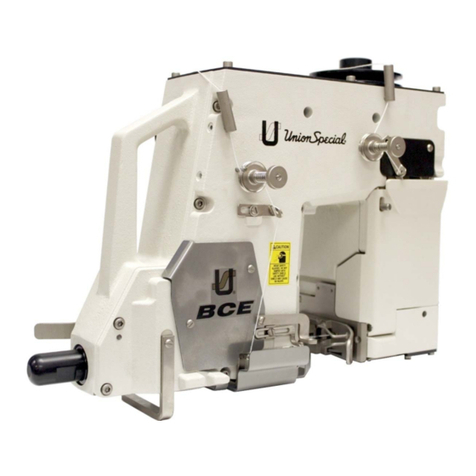
UnionSpecial
UnionSpecial BCE200 User manual
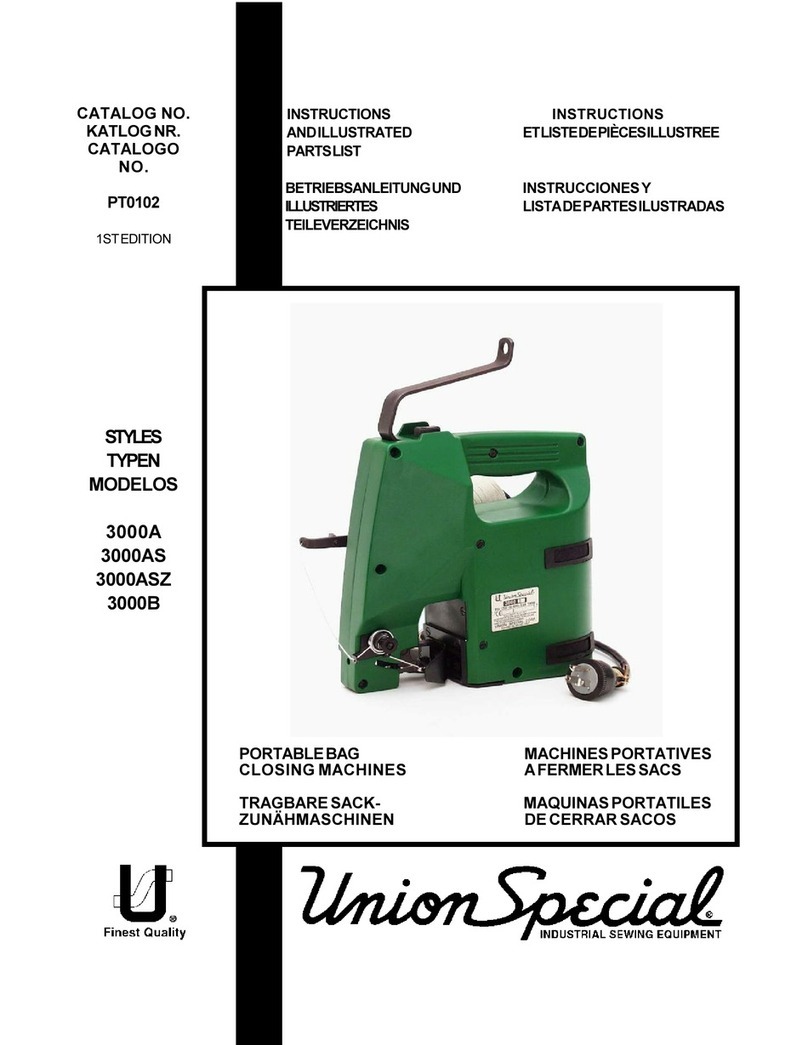
UnionSpecial
UnionSpecial 3000 Setup guide
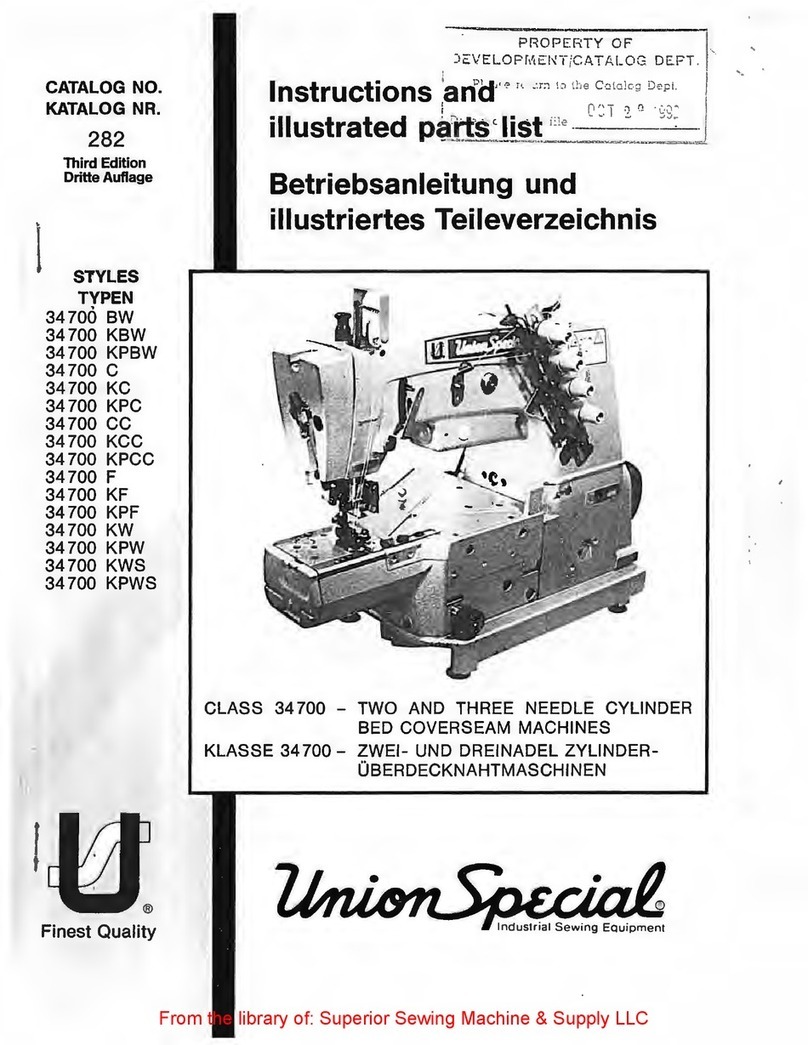
UnionSpecial
UnionSpecial 34 700 Series Setup guide
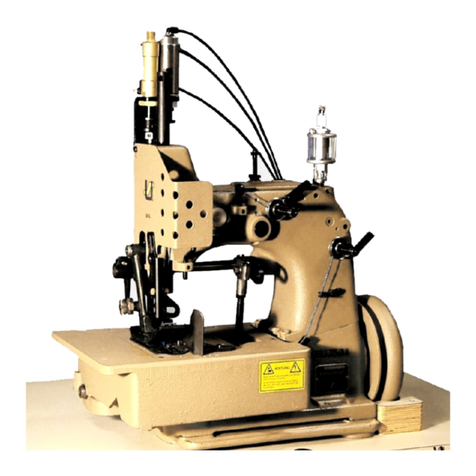
UnionSpecial
UnionSpecial 81500B2 Setup guide
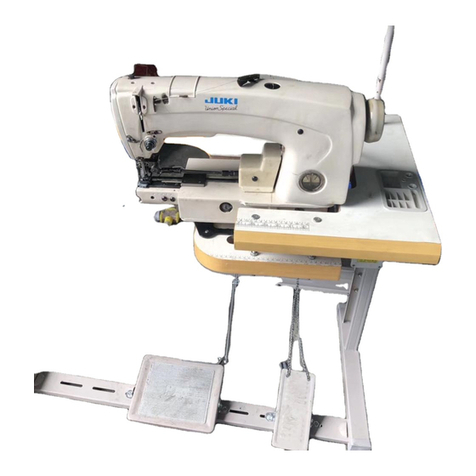
UnionSpecial
UnionSpecial 63900 Series Guide
